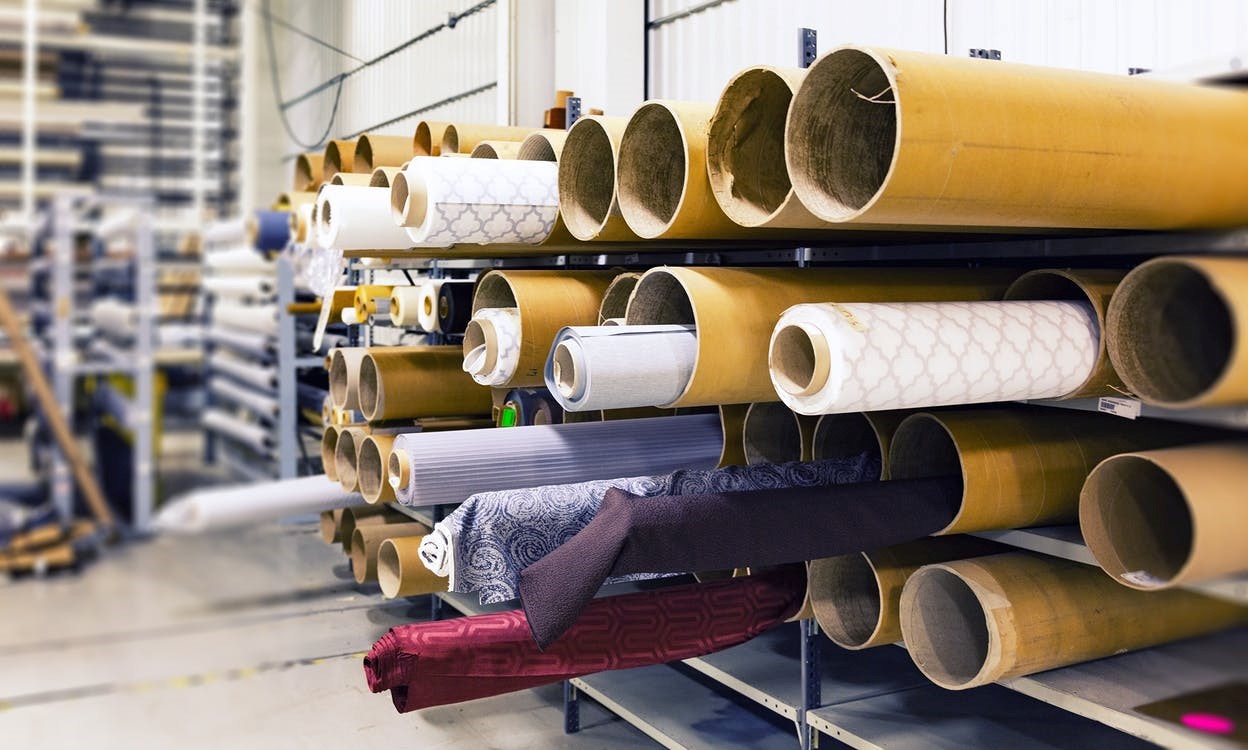WHAT IS THE FAST FASHION INDUSTRY?
Fast fashion is the mass production of mass-market clothing, which has dire consequences for humanity and Earth. Fast fashion develops in people the idea that everything is disposable, that it is wrong to wear the same clothes several times, which leads to mass consumption. The fast fashion industry uses cheap human resources to make the cost of production more affordable. And textile factories pollute our planet by dumping chemicals directly into oceans and rivers. Let’s take a closer look at this.
FAST FASHION AND MODERN SLAVERY
The fast fashion industry has millions of customers a year. It is the third-largest money-making industry, after technology and the automobile industry. The main objective of this industry is to reduce the cost of production, so the fabrics are of low quality, and the employees work in really inhumane conditions that violate any of their fundamental rights.
In the 21st-century people are forced to work for a small amount of money. This is the third-largest criminal industry globally after drug trafficking and counterfeiting. People are forced to live in specific accommodations; their bank accounts and documents are being controlled, their families are threatened, and everything is against their will. People “work” in these establishments because they were deceived at the time of being hired or because there was no other job opportunity.
The estimated number of “slaves” in this century is 38 to 46 million worldwide; there are more enslaved people today than in the 400 years of the transatlantic slave trade when there were about 11 million. This was a great trade-in people in history between Africa and the newly discovered Americas.
BANGLADESH AND THE COUNTRIES MOST AFFECTED BY FAST FASHION
The United States and Europe account for the most significant demands for clothing, increasing. These demands are going to Bangladesh, making people work longer, earning less money in unsafe conditions, and causing severe environmental consequences. Bangladeshi workers make an estimated $25 to $75 per month, equivalent to 2% of profits.
Not only adults but also children work in these factories. Many of the workers in the industry are in Bangladesh, which affects the country economically as people cannot invest in anything due to their low wages, so the nation is in deep poverty.
When I needed to write my paper on this topic, I figured out that a garment factory exploded in Dhaka, the capital of Bangladesh, in 2005. The event killed 64 people. In 2010, there was a fire in which 26 died, and in 2012, 112 workers died. All of these incidents occurred due to poor working conditions.
Some of the other countries affected by the fast fashion industry are China, Vietnam, Indonesia, and poor Asian countries, which account for most textiles manufactured for fast fashion.
HOW DOES FAST FASHION AFFECT THE ENVIRONMENT?
Fast fashion is responsible for the emission of 1715 million tons of CO2 and 79 billion cubic meters of water, making it “the second-largest consumer of the world’s water supply”.
Materials used in garments are horrible for the planet. Polyester, for example, is the primary material in garments. Acrylic and nylon are also widely used. These materials are made from petroleum and plastic, which contribute to fossil fuel emissions (Borgen Magazine, 2020). The Insider mentions that fashion production accounts for 10% of humanity’s carbon emissions.
Even though the amount of clothing purchased from 2000 to 2014 has doubled, for years, we have become an increasingly consumerist society, always wanting more and more and never satisfied with what we already have.
By buying so many clothes, we are causing more production and more waste.
SOME OF THE FAST FASHION BRANDS
Unfortunately, fast fashion brands are the ones that have the most customers due to their affordability. According to Green Peace, these are some of the fast fashion brands. Zara, Pull&Bear, Bershka, H&M, Forever 21, Stradivarius… and unfortunately, the list goes on.
Zara is one of the pioneers in fast fashion. It can produce more than 20 collections per year, making it possible to create one in just a few weeks. Its net worth was $55 billion in 2020.
When you go shopping in one of these stores, you may notice that some designs are similar to famous designers. Zara in European countries is one of the cheapest stores.
CONCLUSION
This industry violates numerous human rights, such as mistreating employees and exploiting them due to their lack of opportunities. This and the poor working conditions violate the right to freedom due to the repression and threats involved in this industry in some cases.
Many of the fast fashion industry workers have no opportunity for rest or time off, which is also a fundamental human right. Human rights are at their worst here, and governments must take action to prevent abuses from continuing to occur.
It is sad to see how dishonest and violent this industry can be to human beings who need protection and opportunity. This growing business could offer them the possibility of decent jobs and still produce huge profits. Most fast fashion employees do not have the opportunity to defend themselves against these injustices because, as mentioned above, they have no other livelihood methods.
So, at what price are we going to seek wealth?

